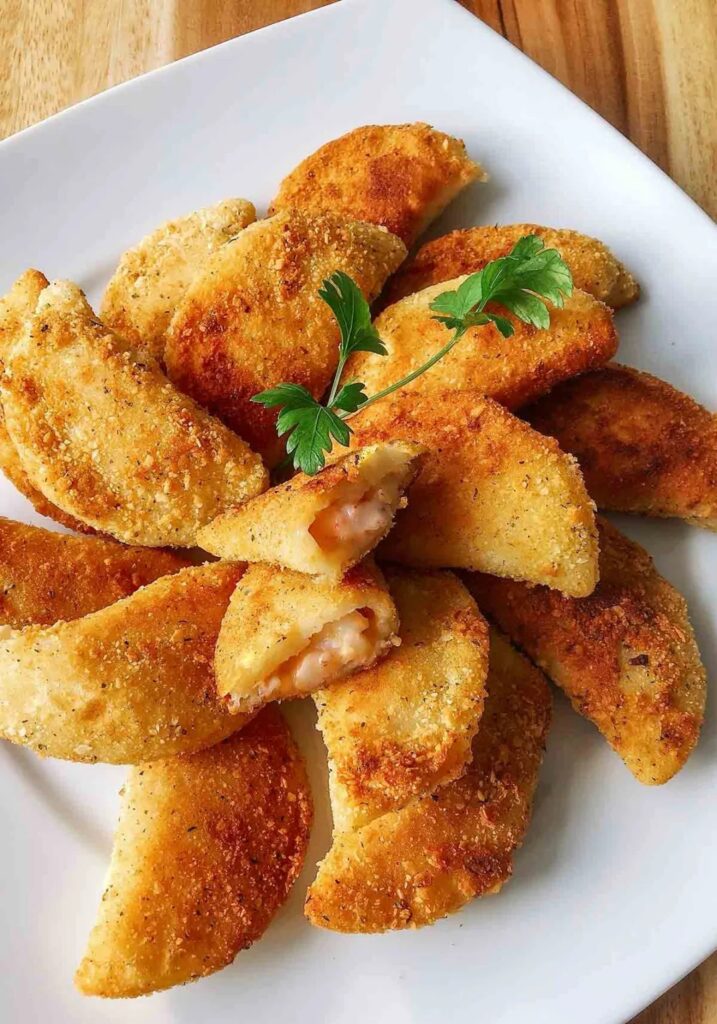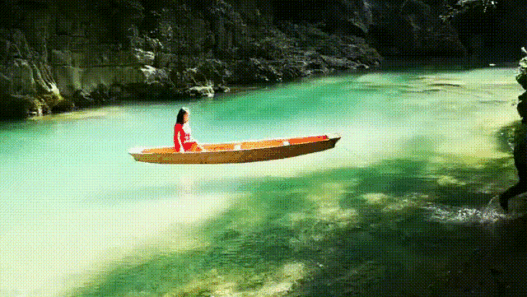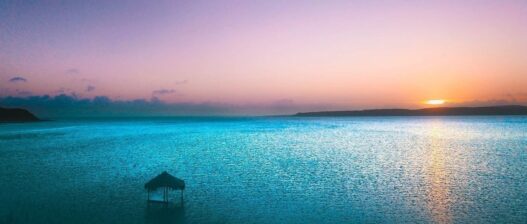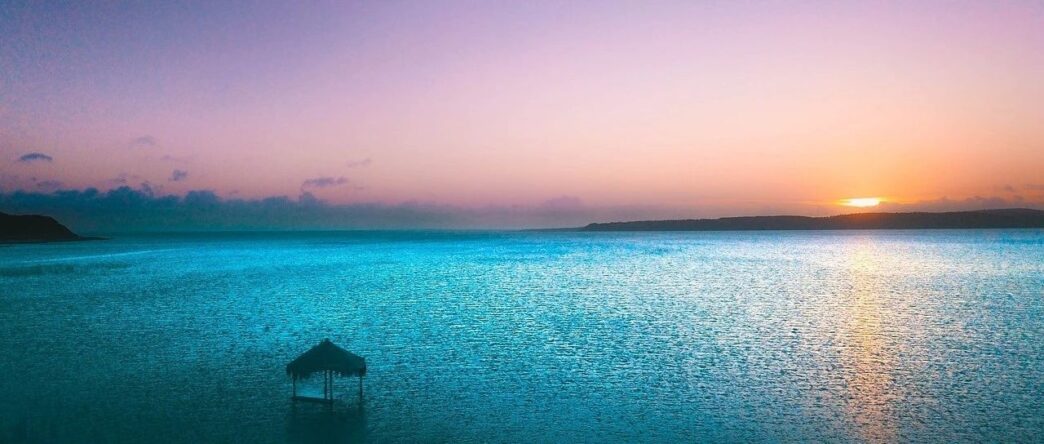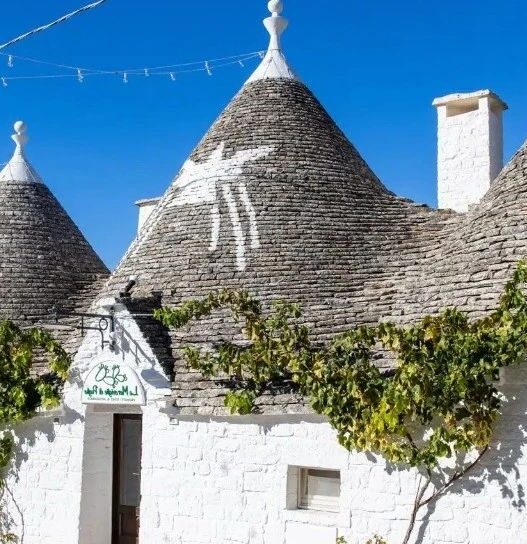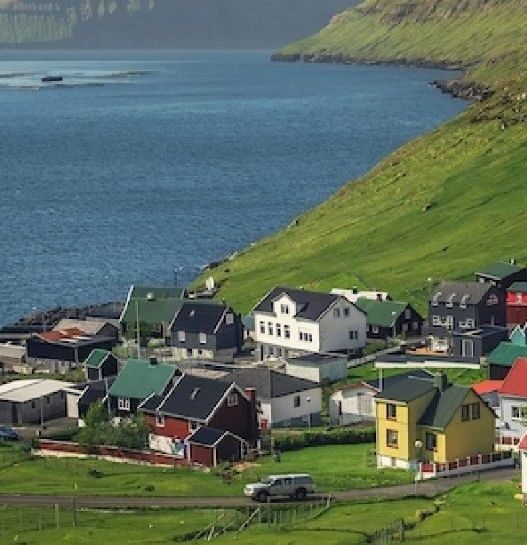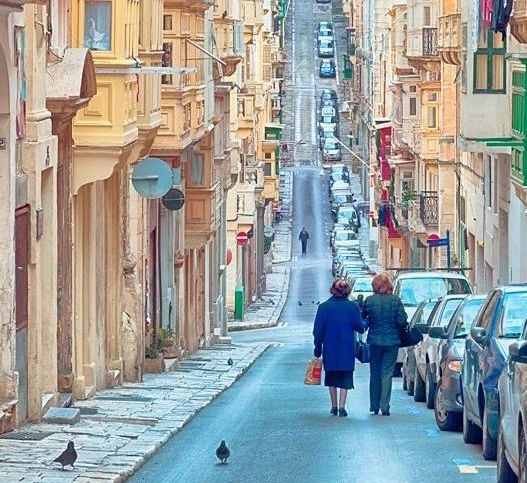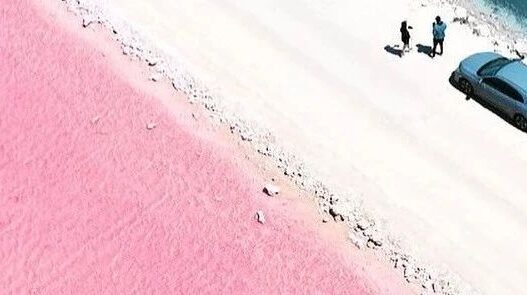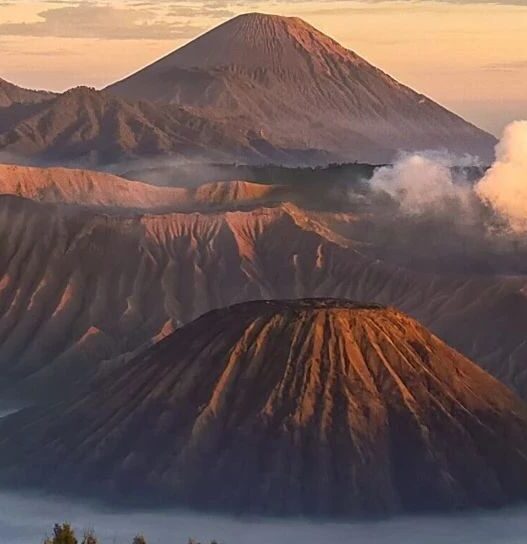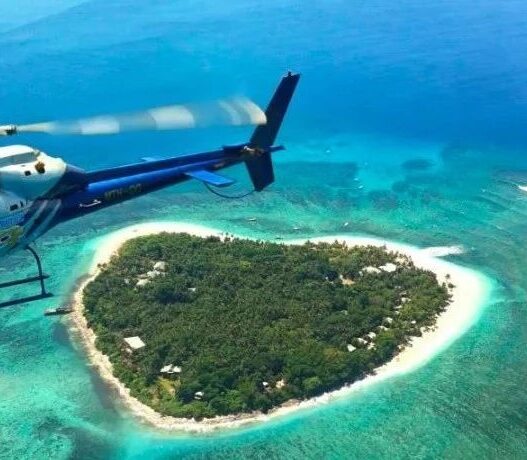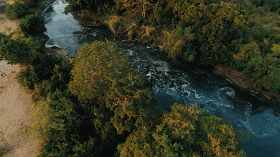This small country in southeastern Africa boasts a 2,500-kilometer-long natural coastline with incredibly pure waters, enriched by a tapestry of historical cultural influences. Mozambique’s landscapes don’t fit the typical image of Africa; it has both the vast, wild plains painted by forests and savannas, and the leisurely, artistic charm of seaside towns.
The country is rich in natural resources, including coal, natural gas, oil, timber, fish, and wildlife. It is also renowned for its beautiful beaches and islands, making it one of the best places in the world for diving and deep-sea fishing.
Maputo
Maputo, the capital and largest city of Mozambique, is located on the coast of the Indian Ocean, adjacent to South Africa. Maputo has a unique history and culture, exuding a very Portuguese style while also blending African traditions with elements from other European and Asian countries.
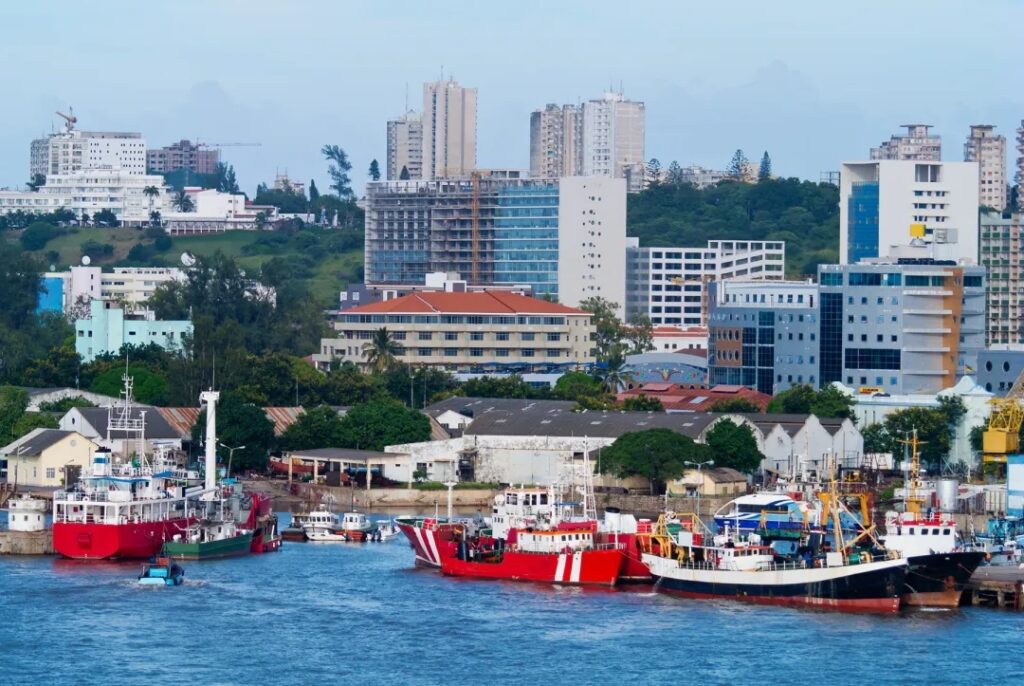
Maputo Railway Station
The Maputo Railway Station is a historic building in the city of Maputo, the capital of Mozambique, and one of its most important transportation hubs. Constructed in 1907, it was designed by the famous French architect Gustave Eiffel (yes, the same designer of the Eiffel Tower in Paris and the Statue of Liberty in New York). The station’s architecture blends the then-popular Art Nouveau movement with Latin traditions, featuring a unique and elegant design.
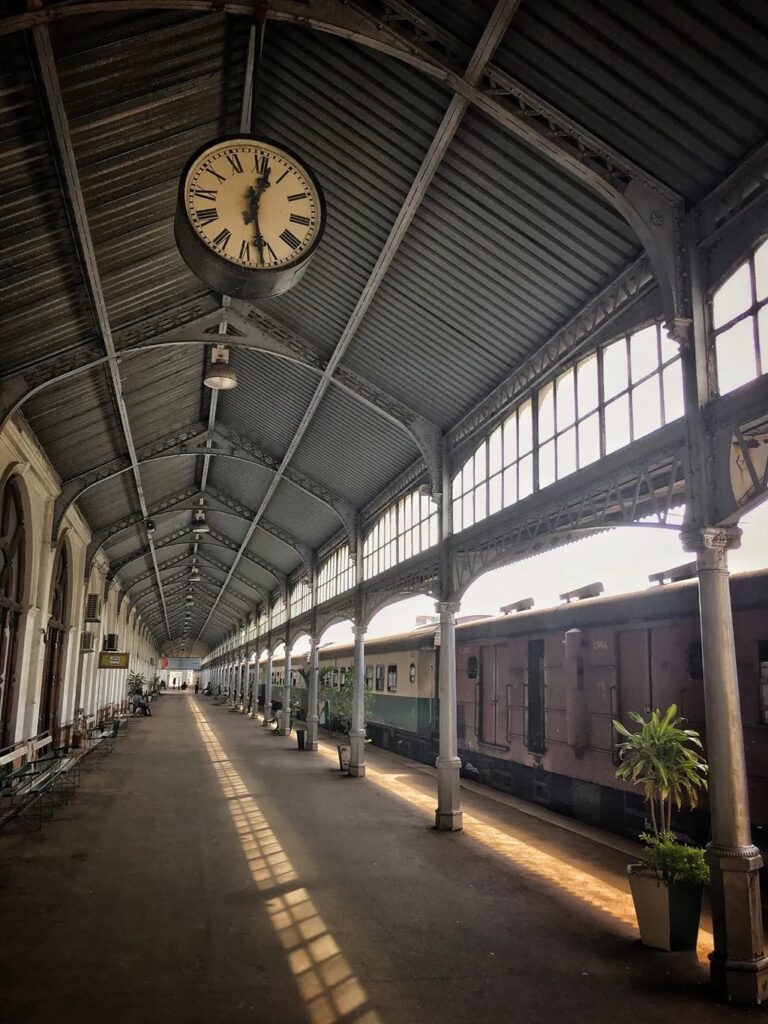
Located in the city center, close to major attractions and commercial areas, it serves as the main departure point for travel to surrounding towns and international tourist destinations.
Maputo Cathedral
The Maputo Cathedral, situated in the heart of the capital city, is one of the most important Catholic churches in Mozambique. It is one of the largest and most significant cathedrals in the country, as well as one of the most majestic buildings in Maputo.
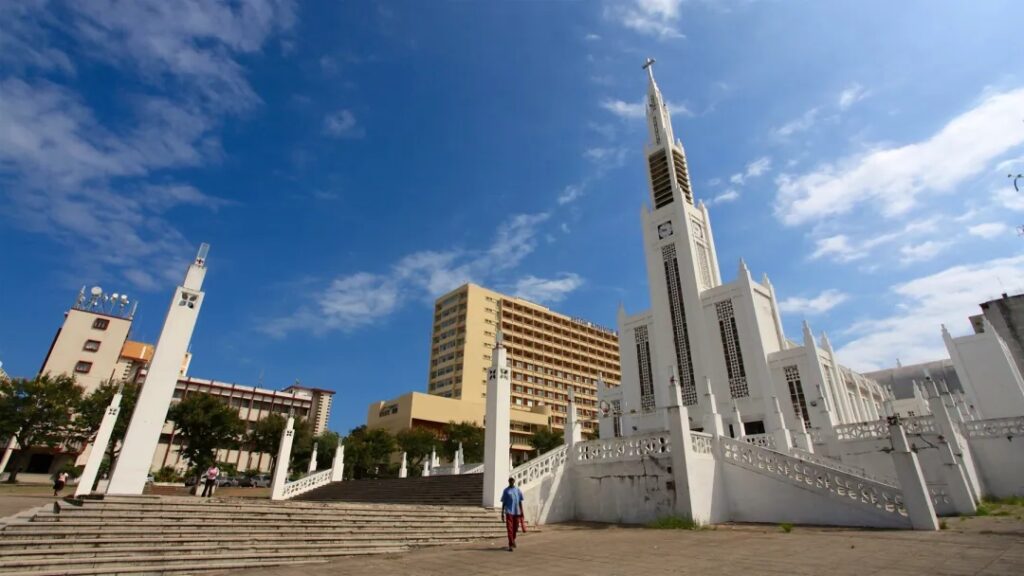
The Maputo Cathedral is one of the most famous landmarks in the city center, not only as a place of worship but also as a popular tourist spot. Its ornate decorations, grand architecture, radiant stained-glass windows, and rich artworks are all worth seeing, allowing visitors to appreciate the historical and cultural beauty of the city.
Maputo Beach
Maputo Beach is considered one of the most beautiful beaches in Mozambique, with its soft, flat sands perfect for walking, bathing, sunbathing, and various water sports. The water here is incredibly clear with high visibility, making it ideal for swimming or observing coral reefs and marine life. Additionally, Maputo Beach is an ideal spot for surfing and other water activities like parasailing, windsurfing, and kayaking.
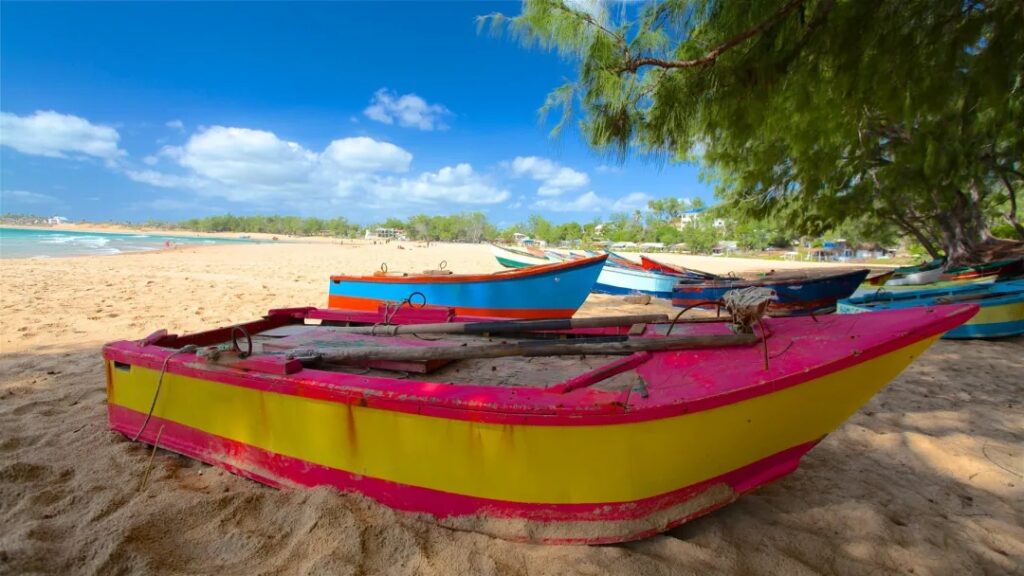
Along Maputo Beach, you’ll find a variety of beach bars and restaurants offering different background music, local cuisine, and handicrafts. You can also purchase various foods and crafts at nearby markets.
Bazaruto Archipelago
The Bazaruto Archipelago, located between Mozambique and the Indian Ocean, is one of the country’s most famous and beautiful beaches. The beaches feature bright, fine white sand, with a pristine environment and clear water.
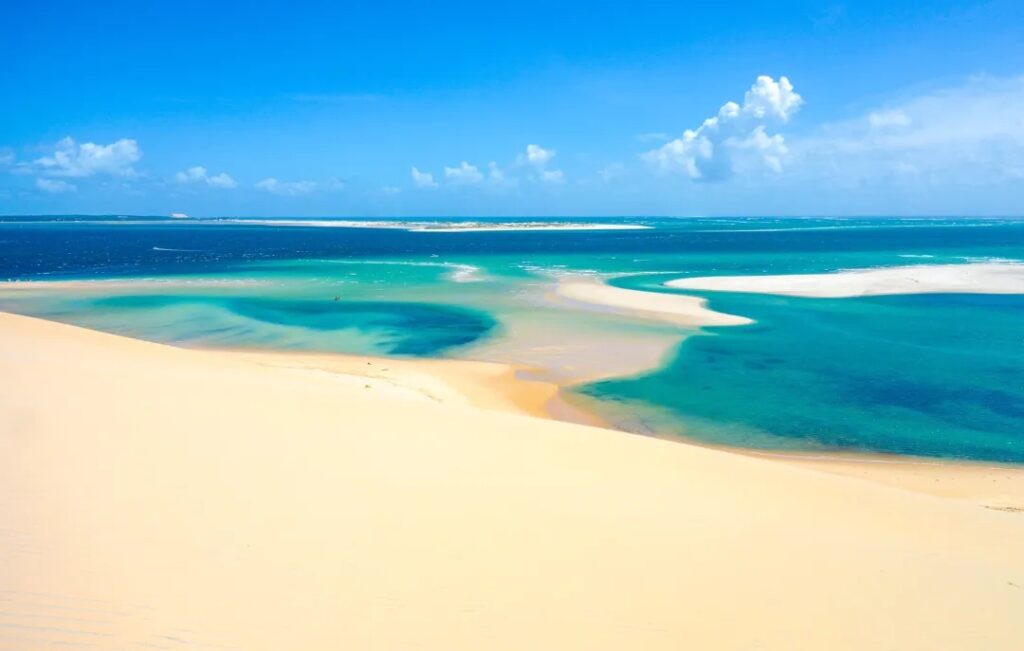
It’s home to coral reefs and a rich ecosystem, hosting rare marine life such as dugongs, humpback whales, turtles, whale sharks, and dolphins.
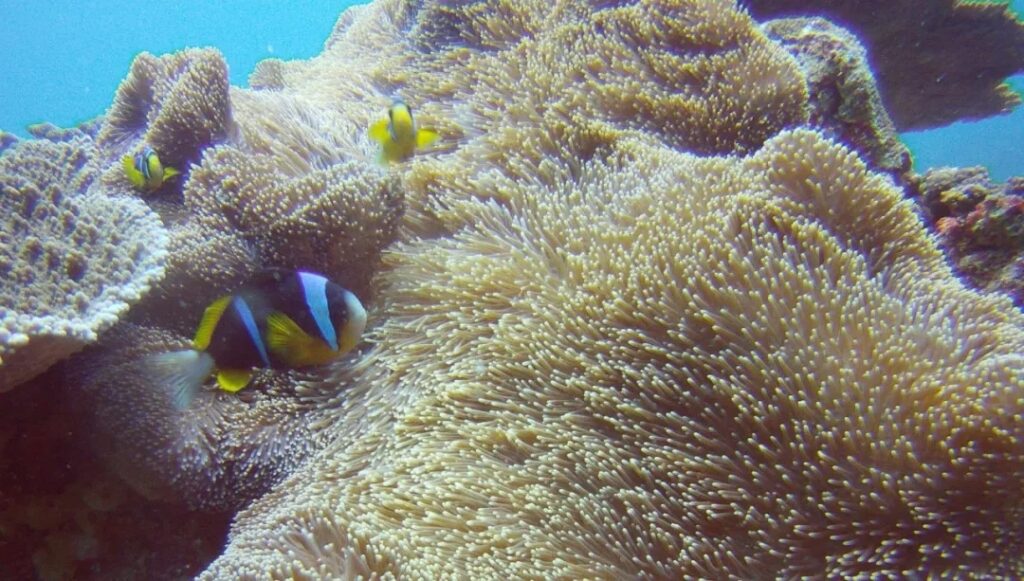
The islands offer various water activities like swimming, surfing, snorkeling, and diving, along with resorts providing luxurious services and facilities like spas, massages, dining, and hotel accommodations.
Island of Mozambique
Dubbed the “Pearl of the Indian Ocean,” it is an island full of history, culture, and natural beauty, once an important seaport of the Portuguese Empire, preserving its historical and cultural heritage, making it a UNESCO World Heritage site.
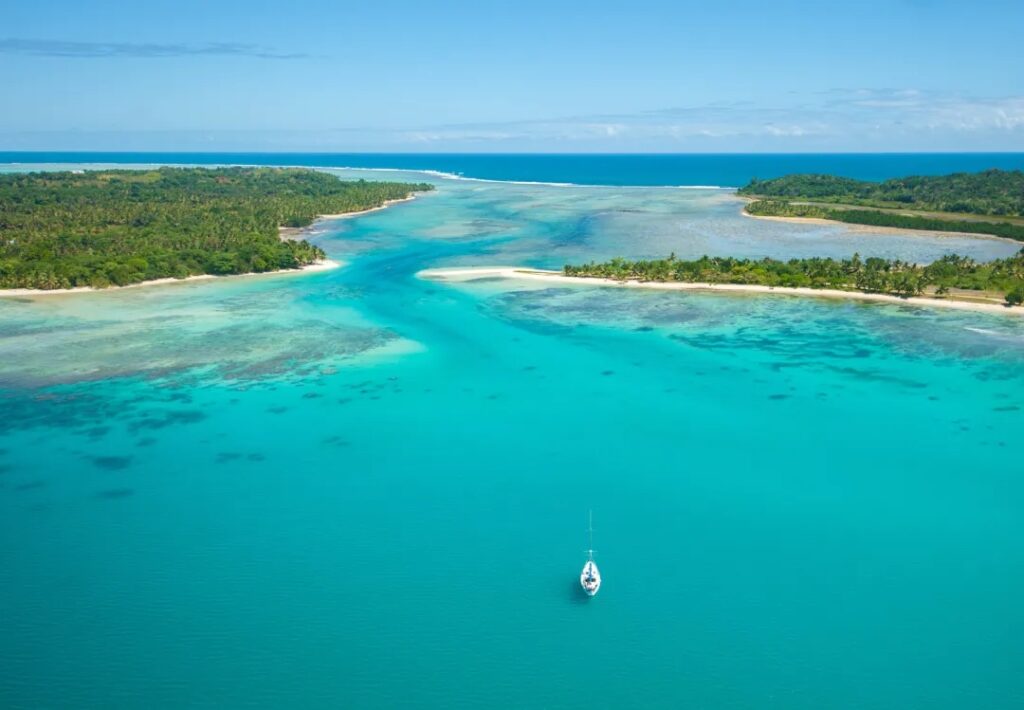
The architecture on the island is diverse, blending Portuguese, local, and Arab influences, creating a sense of wonderful harmony.
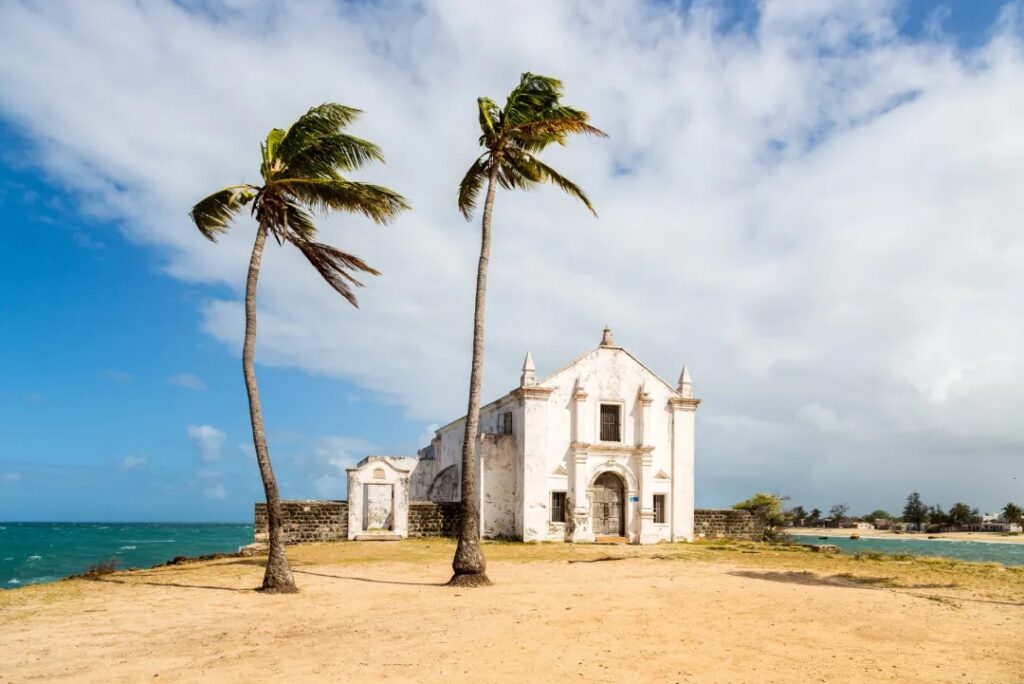
Beneath the island, numerous Chinese Ming dynasty porcelain items are buried, most of which originate from historical East-West exchanges.
Porto de Pemba
Formerly known as “Porto Amelia,” the city was renamed “Pemba” after the end of Portuguese colonial rule in 1975.
Pemba Port offers top-tier water activities, including deep-sea diving, snorkeling, fishing, sailing, and kayaking. Besides marine adventures, tourists can also take a helicopter ride to enjoy the stunning panoramic views of Pemba’s coastline.
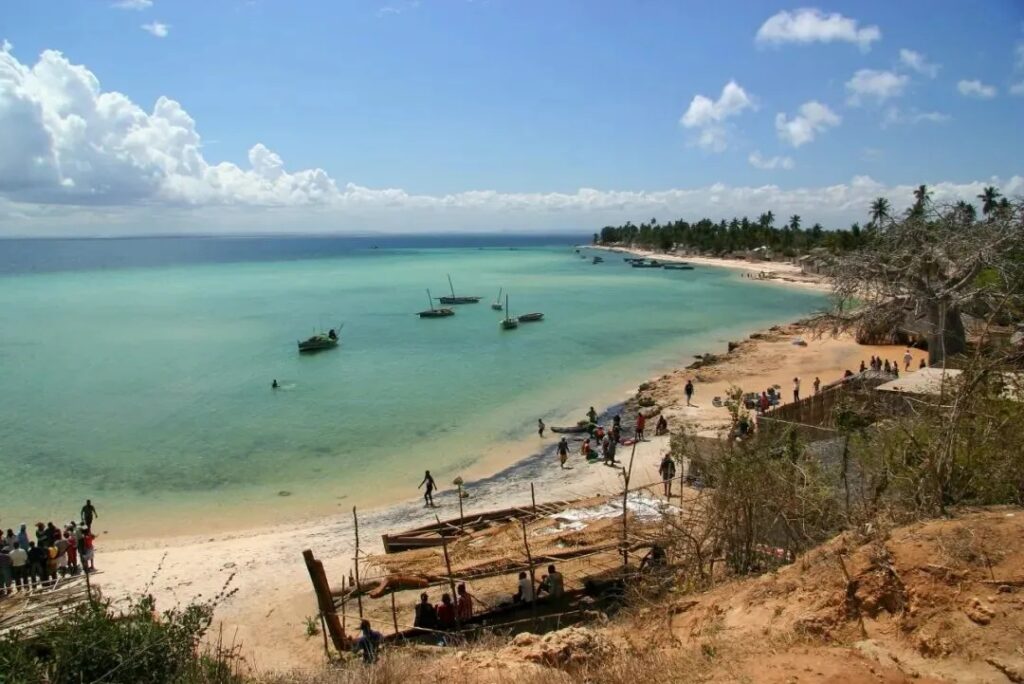
Apart from water activities, Pemba has numerous natural attractions and historical and cultural landmarks, such as the Mituene Forest Reserve, mangroves and islands, remnants of early Portuguese settlers, and Hindu temples.
Vilanculos
The town of Vilanculos boasts beautiful beaches and coconut groves, making it an ideal spot for various water activities like snorkeling, diving, surfing, and fishing.
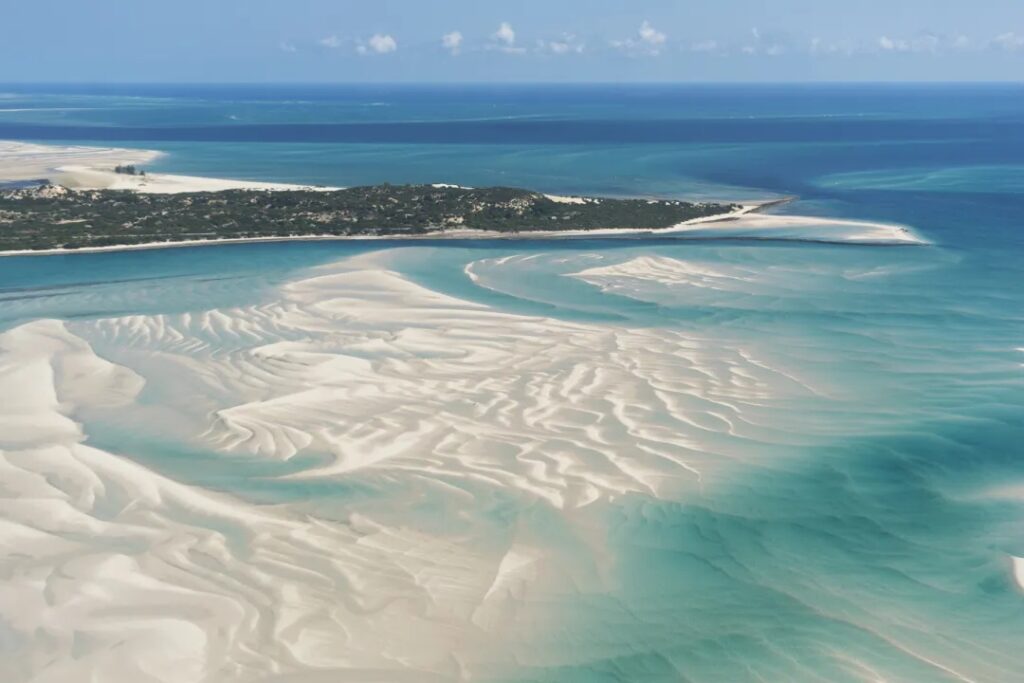
The town is also a well-preserved historical and cultural ancient city, where visitors can explore local cultural and historical sites like large wooden ancient churches, monasteries, and traditional markets.
Local Cuisine
Piri Piri Chicken
Piri Piri Chicken is a popular dish in Mozambican cuisine, blending African, Portuguese, Eastern, and Arab flavors. This delicious and spicy dish is made from chicken marinated in a sauce made from the indigenous piri piri chili of Southern Africa.
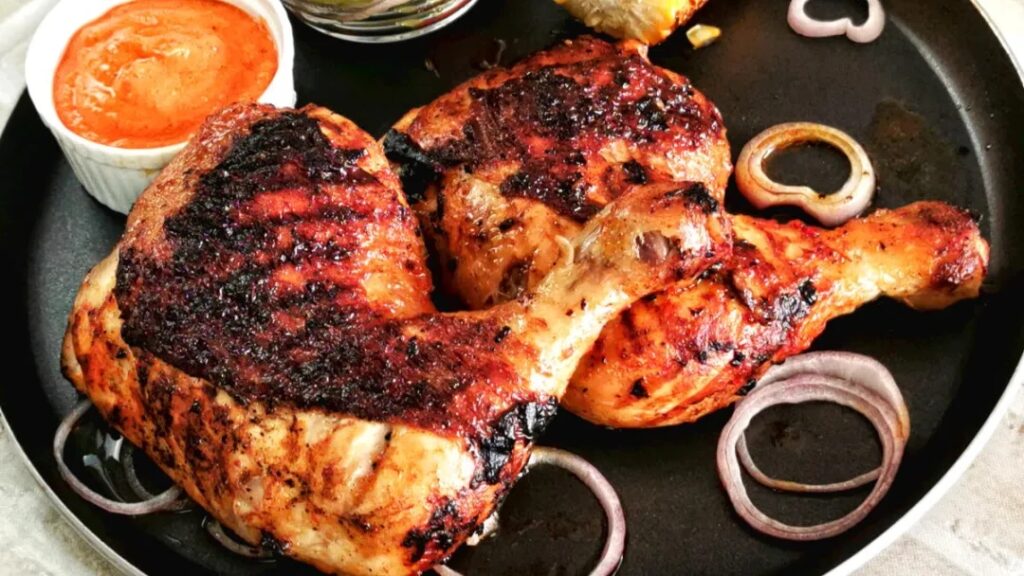
The chicken is grilled until tender and juicy, usually served with rice, salad, or fries. Piri Piri Chicken is beloved for its bold and complex flavors derived from the combination of spices and herbs used in the marinade.
Cashew Nuts
Mozambique is one of the largest cashew nut producers in the world, earning the nickname “World Cashew Capital.” Cashews are one of Mozambique’s most famous specialties. Unlike the hot climates of most African countries, Mozambique has a more temperate climate, free from major floods or droughts, making it ideal for cashew tree growth.
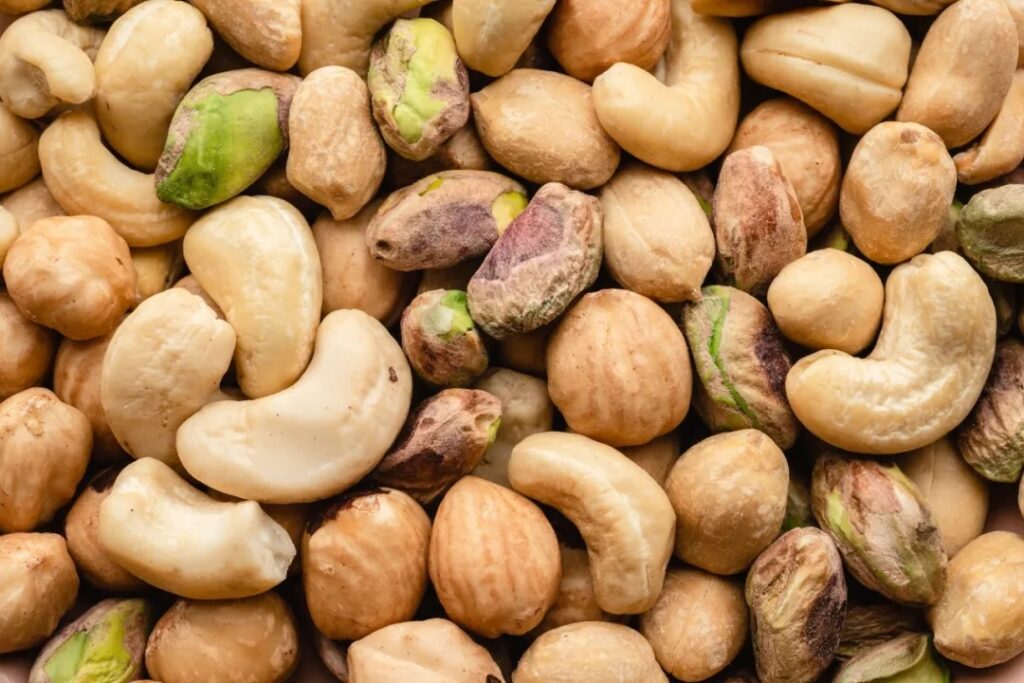
Grilled Prawns
Mozambique is world-famous for its prawns. These prawns can grow up to 8 to 10 inches in length and have a delicious, delicate flavor. They thrive in the relatively shallow areas of the Indian Ocean, where Mozambique’s coast provides the ideal environment with suitable sea temperatures.
Mozambican prawns are very popular in the global market and are a significant economic pillar for the country. They are usually caught in local fishing ports, then processed into various dishes like frozen, grilled, stir-fried, or boiled, becoming a highlight in restaurants and hotels.

Rissóis de Camarão
Rissóis de camarão is a Portuguese-style seafood snack originating from former Portuguese colonies like Mozambique and Angola.
This snack consists of a small dough pastry shaped into a half-moon, filled with a mixture of fresh shrimp, onions, coconut cream, and spices, creating a savory and aromatic treat. It’s typically served as an appetizer before a meal or as a late-night snack.
